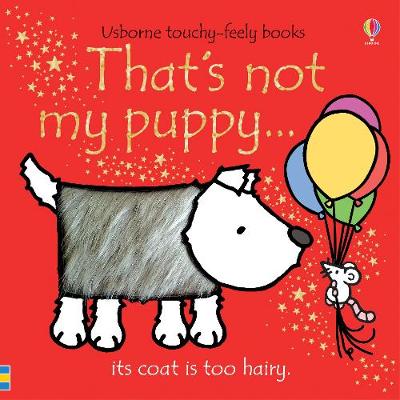Reading with your child is one of the best ways to improve your child’s speech and language skills.
This post will highlight a few books that are age-appropriate for toddlers and preschoolers that can be used at home to increase your child’s speech and language skills—even if they don’t have any speech or language related problems.
Brown Bear, Brown Bear - by Bill Martin Jr. and Eric Carle
Appropriate for children ages 2-5, toddlers - kindergarten.
This book is full of repeating lines, and that’s an opportunity for your child to predict and interact with the story. Encourage them to help you finish that repeating phrase (ex: Looking at me!) by pausing and allowing them time to complete the phrase. This book is a great opportunity to engage your child by allowing them to be silly and make animal noises and act out the animal movements!
Dear Zoo - by Rod Campbell
Appropriate for children ages 1-4, toddlers - preschool.
This is a lift-the-flap book that encourages your child to engage with the book! It has a repeated line (“I sent him back”), which encourages your child to predict the words! It’s also a great opportunity to practice animal noises and teach animal vocabulary.
The Very Hungry Caterpillar - by Eric Carle
Appropriate children 3 and up.
This is a great book to teach vocabulary and sequencing. As with our other books, this encourages your child to interact with the story. Have them look at the pictures and help you tell all the food the caterpillar is eating!
That’s not my Puppy (or any Usborne touchy-feely books) - by Fiona Watt and Rachel Wells
Appropriate for children ages 0-5, toddlers - preschool
This is a touch and feel book that has a puppy on every page with a different texture. Encourage your child to interact with the book. Practice answering yes/ no questions (ex: do you like how that feels) and use descriptive vocabulary to talk about how each puppy feels! There is a mouse on each page that you can find and show with a pointed finger!
Click here to contact Oak Tree Development Center.
Blog Written By: Katherine Reynolds MA CCC-SLP/L




